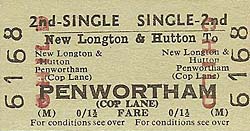
Station Name: NEW LONGTON AND HUTTON [Source:Tony Graham &
Paul Wright]
longton_old10.jpg) Looking west at New Longton & Hutton station in June 1963. The station staff took much pride in keeping the station in good order; one of them is seen sweeping the barrow crossing.
Photo from John Mann collection  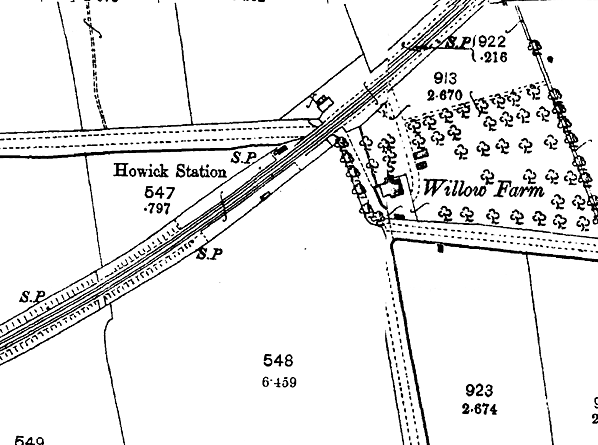 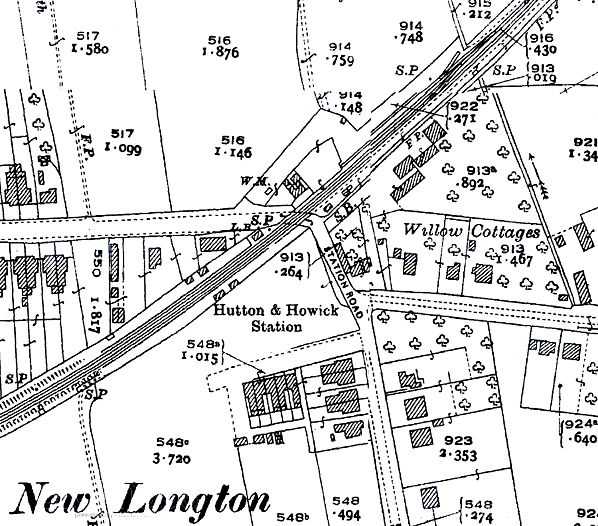 1931 1:2,500 OS map. By 1931 the station had become much busier as the population of the surrounding area had increased. It had been named Hutton & Howick since 1 December 1897. The station had also gained a goods siding which can be seen east of the level crossing on the
north side of the line. 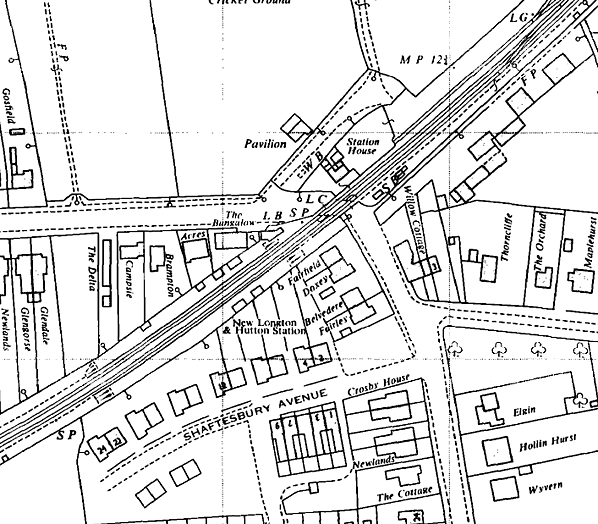 1961 1:2,500 OS map.On 5 November 1934 the LMS renamed the station New Longton & Hutton. The area had become even more developed by this time.
longton_old8.jpg) The east end of New Longton & Hutton station looking east in 1960. To the left the station's booking office can be glimpsed. Access to the station was via the booking office for the down (Preston-bound) platform and via a path, seen to the right, to the up platform.
Photo by D. Lawrence longton_old5.jpg) Looking east at New Longton & Hutton station in August 1964. The station's basic facilities are clearly shown. The toilets, to the left, are the only brick structure on the platforms. The train arriving at the up (Southport-bound) platform is the 4:50pm Preston to Southport Chapel Street, hauled by ex-LMS Stanier 4MT passenger tank locomotive No. 42465. This loco was built at Derby Works, entering service with the LMS on 21.10.1936 as 2465. It had a service life of over 28 years when it was withdrawn from 10A, Springs Branch shed on 13.2.1965, and it was scrapped by Wards by the end of June.
longton_old2.jpg) Looking east from the up platform at New Longton & Hutton station in August 1964 as BR Standard Locomotive No. 76080 passes over the level crossing 'running light' to Preston. The timber facilities of the station are clearly shown. To the left is the booking office and, to the right, a timber waiting shelter. Also seen in the middle distance are the signal box and, to the left of the signal, the crossing keeper’s cottage which survived the line’s closure and was still standing in July 2011. 76080 was built in 1957 at Horwich works to R.A.Riddles' Standard 4, 2-6-0 design. It was delivered new to 24D, Lower Darwen, where it stayed until March 1965, when it moved to 8G, Sutton Oak. It was later moved to 8F, Springs Branch in June 1967 from where it was withdrawn in December 1967. Sent to Woodham Brothers, Barry Island, it was one of the few locos actually broken up there when, owing to a shortage of wagons to scrap, this class 4 was cut up as late as April 1972.
Photo by D. Hampson longton_old4.jpg) Looking west towards Southport from New Longton & Hutton station's up platform in August 1964. The 3:30pm Southport Chapel Street to Preston service is arriving at the station. Although the buildings at New Longton & Hutton were timber there was a brick-built gentlemen's toilet, seen to the right with a large station running-in board attached to it. The train is hauled by ex-LMS Stanier 4MT Locomotive No. 42158. With just eight months service left, it is working a short stopping train. Built at Derby works in July 1948, this loco was withdrawn on 24.4.1965 from 24C, Lostock Hall shed, and cut up by the end of August of that year by Cashmores at Great Bridge.
longton_old13.jpg) The evening shadows lengthen at the end of yet another balmy summer's day in September 1964 as Bolton shed's Stanier 2-6-4T No. 42626 rolls over the level crossing into New Longton & Hutton with a 3-coach short stopping train forming the 7:07 pm Preston - Southport service. The ex-LMS corridor leading coach is slightly unusual. Entering service on 5.8.1938, it had a working life of just over 27 years when it was withdrawn from 26C, Bolton shed on 23.10.1965 and taken for scrapping at Cashmores by the end of July 1966. 42626 is to enter the history books in 1965 being the much-polished and decorated loco selected to haul the final passenger train out of Horwich, just a few miles from here.
Photo by Alan Castle longton_old14.jpg)
On 5 September 1964 (the penultimate day of services) the porter at New Longton & Hutton hopefully eyes the 3 coaches of the 7:05 pm Preston - Southport as they draws to a halt, on the lookout for opening droplights and emerging arms that might indicate potential custom.
Photo by Alan Castle longton_old15.jpg) A fine view from the fireman's side of the footplate of Lostock Hall's BR Standard 2MT 2-6-0 No. 78040 taken on 6 September 1964, the last day of services. The picture reveals most of New Longton & Hutton's spartan platform facilities, as the 1.17 pm from Southport enters the platform end. The housing development evident at this, one of the line's busier stations, has sadly come too late in the day to save the line. Over many years the competing Ribble bus services have exerted an ever-increasing stranglehold on the potential passenger traffic and, upon closure of the railway, are poised to grasp what little remains. The 'replacement rail service', i.e. the odd additional bus that is to be laid on at busier periods, will provide nowhere near as rapid (or as cheap) travel to Preston town centre. Built at Darlington, 78040 entered service on 11.12.1954 at 27A, Bank Hall shed where it stayed until February 1957 when it moved to 27D, Wigan Central then to 27B Aintreee in January 1961. Its final allocation was 10D, Lostock Hall, in April 1964, before it was withdrawn in January 1966 and cut up four
months later by Wards. Photo by Alan Castle 3.jpg) Looking west at the site of New Longton & Hutton station in August 1984 before the site had been built upon. However work had begun as indicated by the foundations for a bungalow. The tree in the distance, at the centre of the picture, is also visible in the June 1963 picture (above).
Photo by John Mann longton2.jpg) The site of New Longton level crossing in October 1989.The crossing keeper's cottage, the only surviving railway building, is on the opposite side of the crossing from the station.
Photo by Nick Catford longton5.jpg) Looking west at the site of New Longton & Hutton station from approximately the eastern end of the down (Preston-bound) platform in July 2011.
Photo
by Paul Wright
 Home
Page Home
Page
|
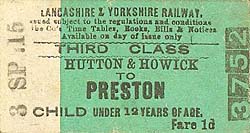
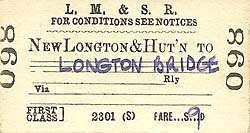

7.jpg)
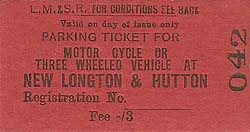

9.jpg)
